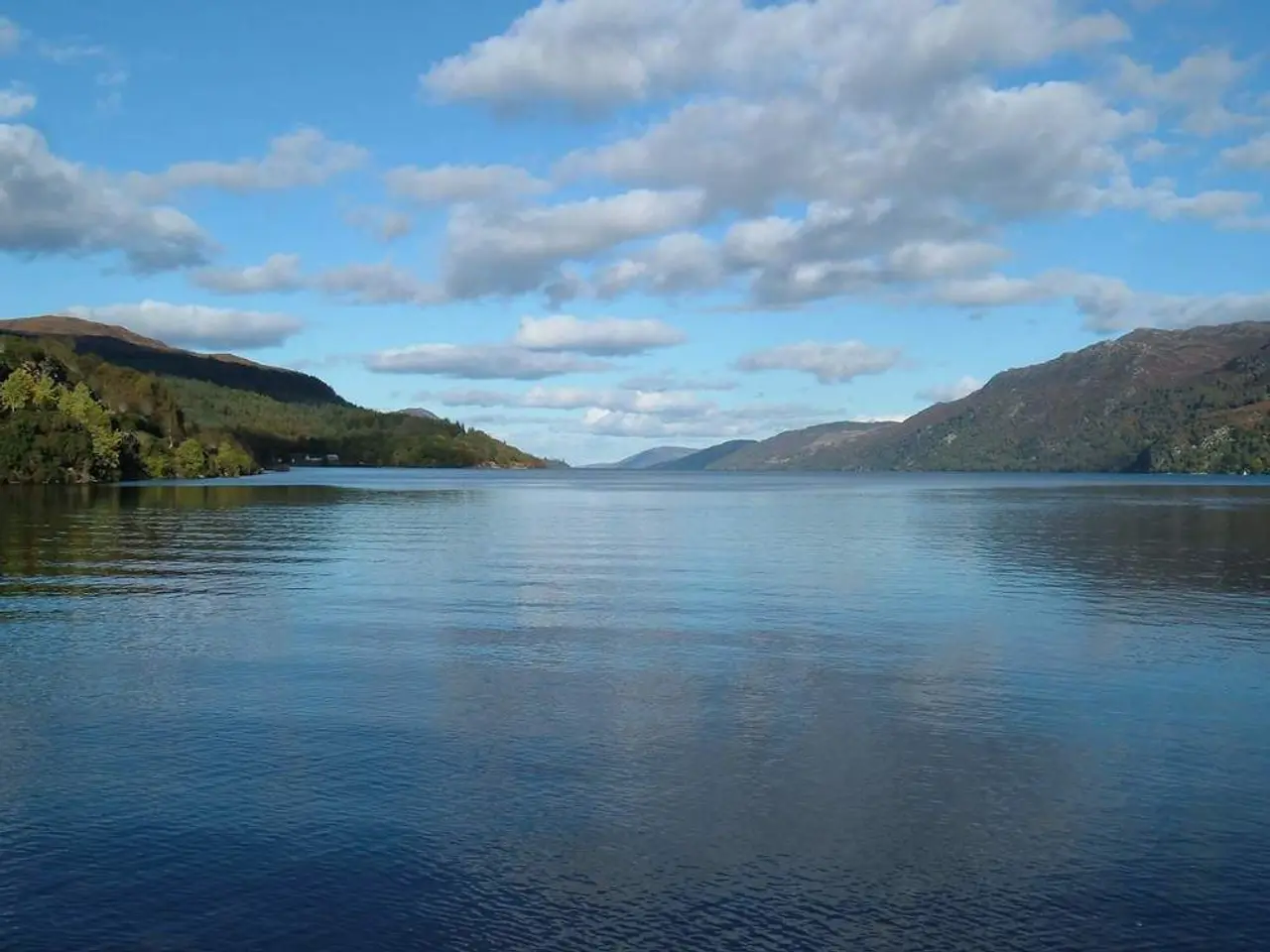Recent Flash Floods and Landslides in Pakistan and India
Overview
Catastrophe in Kashmir: 250 lives lost due to flash floods and landslides
Heavy monsoon rains have resulted in devastating flash floods and landslides in Pakistan and India, causing significant loss of life and widespread destruction. The aftermath of these events highlights the growing concern about climate change's impact on such disasters.
Recent Death Toll
- Pakistan: The death toll in Pakistan has risen to at least 344, with around 200 people still missing. The provinces of Khyber Pakhtunkhwa and Pakistan-administered Kashmir have been particularly affected, with entire villages swept away by the floods[1][3].
- India: In Indian-administered Kashmir, at least 60 people have been killed, and dozens more are missing. This is the second severe flooding incident in the region this month[1][2].
Affected Areas
- Pakistan: The northwestern region, including Khyber Pakhtunkhwa and Pakistan-administered Kashmir, has been severely impacted. The floods have destroyed homes and infrastructure, making rescue efforts challenging[1][2].
- India: The Kashmir region has been hit hard, with flash floods affecting villages and causing significant damage[1][2].
Impact of Climate Change
Experts note that while flash floods and landslides are common during the monsoon season in this region, this year’s events are unusually severe. Climate change is increasingly linked to more frequent and intense weather events, such as heavy rainfall episodes, which exacerbate the risk of such disasters[1][3]. The growing frequency and severity of these events underscore the need for climate-adaptive strategies in the region.
- A temporary kitchen where over a hundred pilgrims were staying was completely destroyed by flash floods in the affected area in the Indian part of Kashmir.
- Five more people died in the Gilgit-Baltistan region in northern Pakistan.
- The disaster management agency in India reported 60 deaths in the Indian part of Kashmir.
- Last week, floods buried the Himalayan town of Dharali in the state of Uttarakhand under mud, with a death toll believed to be over 70.
- A MI-17 helicopter of the regional government crashed in the Mohmand district of Khyber Pakhtunkhwa, killing at least 5 crew members.
- Initially, access to the disaster area was difficult, with rescue teams and soldiers sent to the region.
- Indian Prime Minister Narendra Modi has promised "every possible support" for those affected by the floods.
- At least 180 people were killed and 60 injured in the mountainous Pakistani province of Khyber Pakhtunkhwa.
- Bodies are still being recovered from the mud and debris in the Kishtwar district.
- Experts warn that storms worldwide are becoming more extreme and frequent due to climate change.
- The regional weather office has warned of heavy rain and further floods.
- The flash floods in Texas are the second major flooding disaster in India this month.
- Over a hundred people have been admitted to a hospital in the Kishtwar district after the flood incident.
[1] https://www.bbc.com/news/world-asia-india-55816228 [2] https://www.aljazeera.com/news/2021/8/1/india-kashmir-floods-leave-dozens-missing-after-heavy-rains [3] https://www.reuters.com/world/asia-pacific/death-toll-rises-pakistan-floods-khyber-pakhtunkhwa-2021-08-02/
The science community is increasingly linking the unusually severe flash floods and landslides in Pakistan and India to climate change, as these extreme weather events, such as heavy rainfall episodes, are becoming more frequent and intense due to environmental-science factors. The weather forecast in the affected regions has warned of further heavy rain and floods, further highlighting the need for climate-change adaptive strategies.








